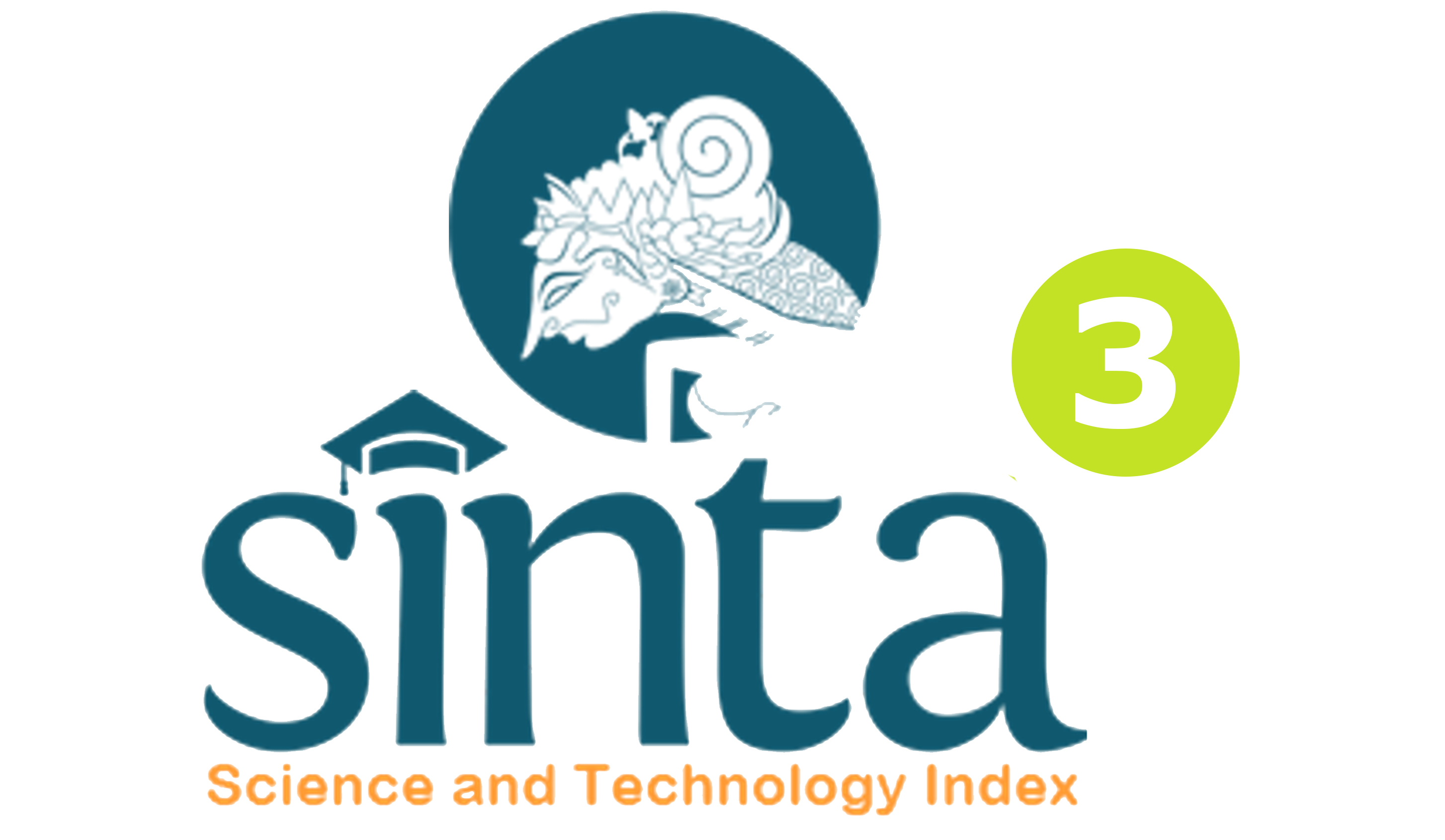EFEKTIVITAS KONSELING BEHAVIORAL DENGAN TEKNIK LATIHAN ASERTIF DAN TEKNIK MODELING UNTUK MENINGKATKAN SELF- DISCLOSURE SISWA KELAS VII DI SMP NEGERI 4 SINGARAJA TAHUN AJARAN 2015/2016
DOI:
https://doi.org/10.23887/jibk.v5i1.7768Abstract
Penelitian ini bertujuan untuk mengetahui adanya perbedaan efektivitas konseling behavioral dengan teknik latihan asertif dan teknik modeling untuk meningkatkan self-disclosure siswa kelas VII di SMP Negeri 4 Singaraja. Jenis penelitian ini adalah penelitian eksperimen semu (quasi exsperiment) dengan rancangan Post-test Control Group Design . Populasi dalam penelitian ini adalah Siswa kelas VIIB7, VIIB8 dan VIIB4 di SMP Negeri 4 Singaraja Tahun Pelajaran 2015/2016 yang berjumlah 3 kelas yaitu sebanyak 120 orang. Sampel diambil dengan menggunakan teknik random sampling dengan siswa sebanyak 60 orang. Data yang dikumpulkan dalam penelitian ini adalah data self-disclosure, yang diperoleh dengan metode kuesioner dan metode observasi untuk melihat siswa yang memiliki self-disclosure sedang, rendah. Data self-disclosure dianalisis dengan analisis uji t (independen t test). Semua pengujian hipotesis dilakukan pada taraf signifikansi 5%. Hasil penelitian pada hipotesis satu yaitu Terdapat perbedaan self-disclosure antara siswa yang mendapatkan konseling behavioral teknik latihan asertif dengan siswa yang tidak mendapatkan konseling behavioral teknik latihan asertif dengan thitung dipeoleh sebesar 15.322, selanjutnya pada hipotesis kedua didapatkan thitung sebesar 10.478 dengan menyatakan Ho ditolak dan Ha diterima, dan pada hipotesis ketiga didapatkan nilai thitung diperoleh sebesar 2.324 dengan menyatakan Ho ditolak dan Ha diterima.Kata Kunci : konseling behavioral, latihan asertif, modeling, self-disclosure
This study aims to determine the differences in the effectiveness of behavioral counseling with assertiveness training techniques and modeling techniques to improve self-disclosure seventh grade students at SMP Negeri 4 Singaraja. This research is a quasi-experimental research (quasi exsperiment) with the draft of Post-test Control Group Design. The population in this study are students in class VIIB7, VIIB8 and VIIB4 in SMP Negeri 4 Singaraja in the academic year 2015/2016, in amount of 3 classes as many as 120 students. Samples were taken by using random sampling techniques which consist of 60 students. The data which is collected in this study is the self-disclosure data, which was obtained by questionnaire and methods of observation to see who has the self-disclosure was low. Self-disclosure of data were analyzed by t test analysis (independent t test). All hypothesis testing was done on a significance level of 5%. Results of research on the first hypothesis is there are the differences in self-disclosure among students who received behavioral counseling with assertiveness training technique to students who do not get behavioral counseling with assertiveness training technique with tcaunt amounted to 15 322, then in the second hypothesis obtained tcaunt of 10 478 by stating Ho rejected and Ha accepted, and the third hypothesis obtained tcaunt value obtained for 2324 by stating Ho rejected and Ha accepted.
keyword : behavioral counseling, assertiveness training, modeling, self-disclosure
Published
Issue
Section
License
Jurnal Ilmiah Bimbingan Konseling Undiksha is an Open Access Journal. The authors who publish the manuscript in this journal agree to the following terms:
JIBK is licensed under a Creative Commons Attribution 4.0 International License. This permits anyone to copy, redistribute, remix, transmit and adapt the work provided the original work and source is appropriately cited.
This means:
Jurnal Ilmiah Bimbingan Konseling is licensed under a Creative Commons Attribution 4.0 International License.
(1) Under the CC-BY license, authors retain ownership of the copyright for their article, but authors grant others permission to use the content of publications in JIBK in whole or in part provided that the original work is properly cited. Users (redistributors) of JIBK are required to cite the original source, including the author's names, JIBK as the initial source of publication, year of publication, volume number, issue, and Digital Object Identifier (DOI); (2) The authors are the copyright owner of the article, and the author grants the JIBK held the first publication right.









.png)

.jpg)

